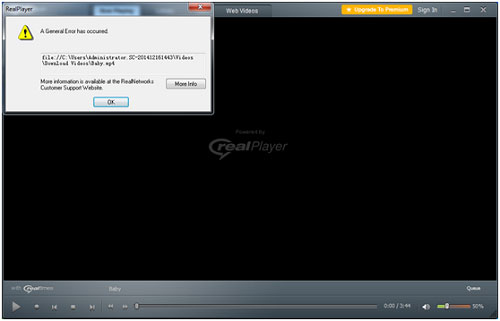

This mode works especially well on single coreprocessors ” a feature which often is missing by other real timevirtualization solutions. This mode already is known from the previous versions of theKUKA software. Windows only receives computing power when the RTOS, voluntarilyyields it. Within the socalled Shared Core mode, Windows and the RTOS are sharing one core,wherein the RTOS gains higher priority than Windows and can beactivated by real-time interrupts immediately. The processor cores can be shared in different ways. It iscontrolled by the RTOS Board Support Package (BSP) via a simple JumpTable and manages Memory, processor cores, devices, interrupts, timers,etc. After the next booting of Windows, Windows will belacking this memory.įig.2: The BASIC VMF is the central management part of RTOS-VM. The memory management allows it to assign a configurable size ofmemory to the RTOS.

The resources managed by the so called”BASIC VMF” ( Figure 2 below )are: By themeans of this mechanism, the VMF manages all resources which are sharedbetween the RTOS and Windows. Those functions can easily be called by C-function calls via abinary jump table ” no linking of the RTOS and the VM necessary. TCP/IP communication is provided by virtual networkdrivers on the Windows and the RTOS side, direct shared memory accessis supported by the RTOS Library The virtual machine consists of a framework ( Figure 1, below ) offering somefunctions which can be called up by the developer instead of directlyprogramming the hardware.įigure1: The KUKA VMF allows the coexistence of Windows and the RTOS bymanaging devices, memory, processor cores and other hardware resources.The RTOS and the VMF are loaded by a Windows application using theUploader DLL.
#Realtimes windows 10 software
For lesscomplex requirements it is also possible not to use an RTOS at all, butto develop simple real-time software like real-time interrupt handlersby using the included sample source code. With the included documentation and sample applications, theadaptation of the RTOS can simply be made by the customer. In addition not only one instance of the RTOS can be run but ” on amulti core processor ” several of them or a multi core-able RTOS canmake usage of several cores.

In this “RTOS Virtual Machine” the oldversion has been enhanced in a way that not only VxWorks or Windows CEcan be used as the RTOS, but virtually any x86 RTOS. Now, with “RTOS-VM,” the restrictions of the previous KUKA real-timeextension versions are gone. The reason that there haven't been other RTOSsupported lies in the fact that new RTOS could be adapted by KUKA only. Until now with KUKA's Windows real time extension software it waspossible to run only one instance of VxWorks or Windows CE in hard realtime beside Windows.

It also canbe useful for the developers to have the control software available ona Windows PC. For example, onewants to run the RTOS software that is running on a controller on alaptop for simulation, training or presentation purposes. An earlier version of the newKUKA virtualization software makes this possible.īesides the controlling of a machine, there can be other meaningfulreasons for the combination of an RTOS and Windows.
#Realtimes windows 10 Pc
The controlling of the robot movement in hard real time is done bythe RTOS Wind River VxWorks, which runs together with Windows on theindustrial PC of the robot controller. Some of the reasons for KUKA's subsequent commercial success are thewell-known and accepted Human Machine Interface (HMI) of Windowstechnology and the flexibility and cost effectiveness of the PCtechnology.


 0 kommentar(er)
0 kommentar(er)
